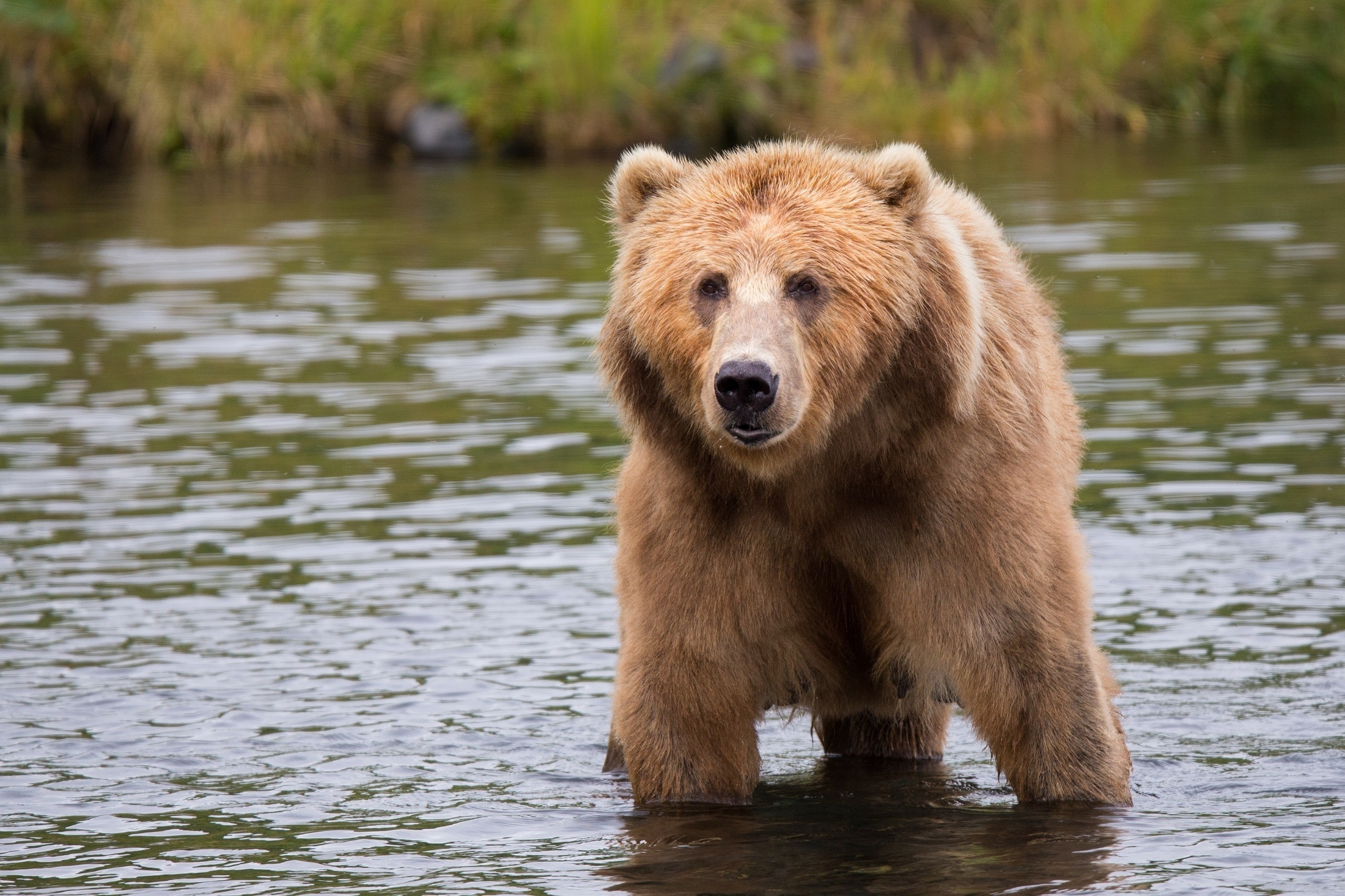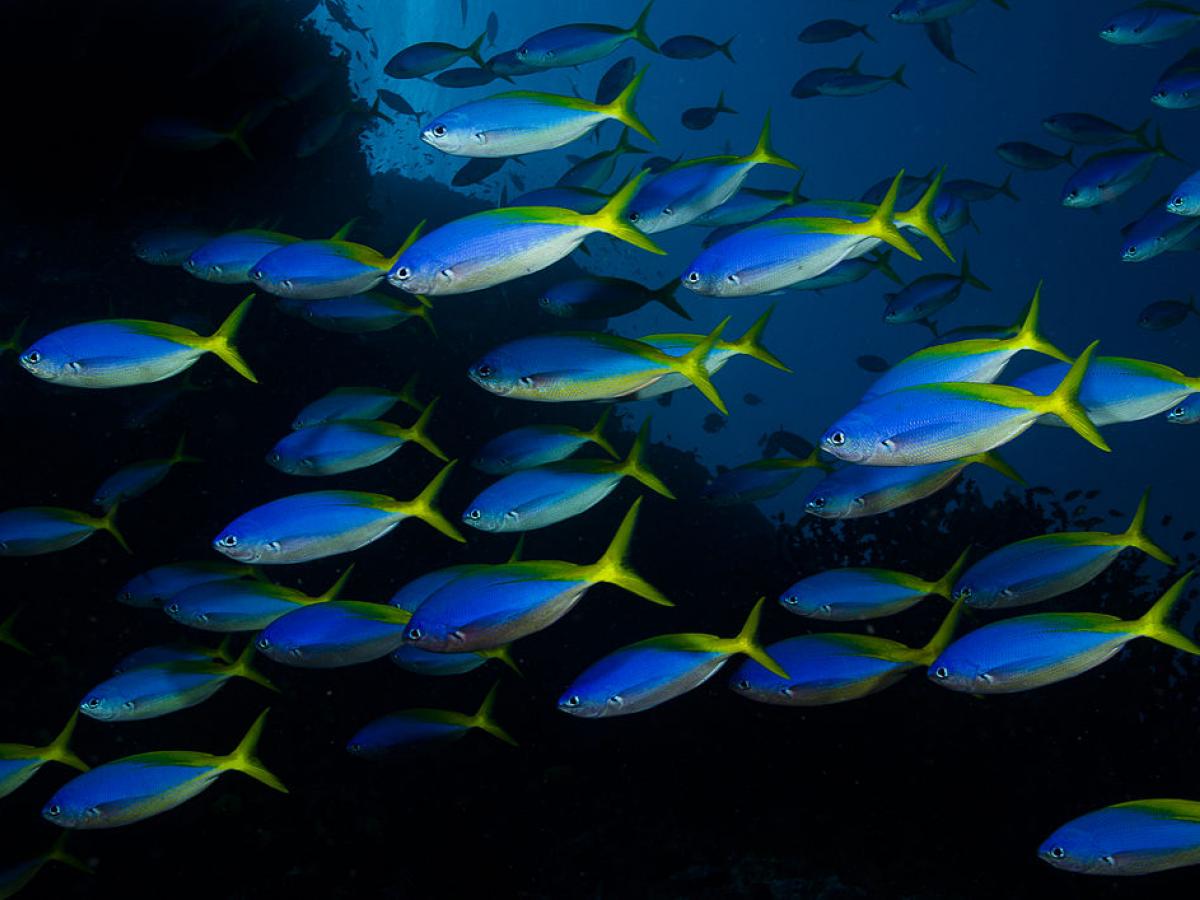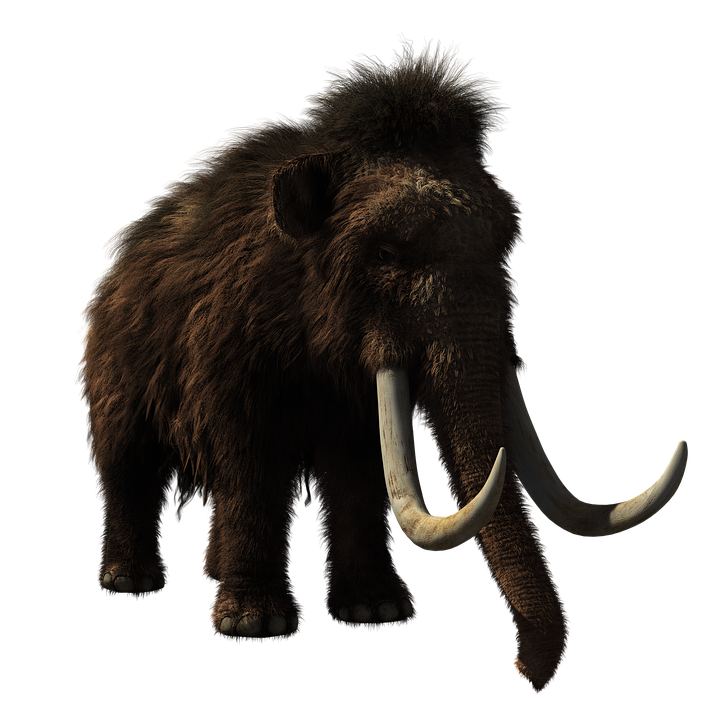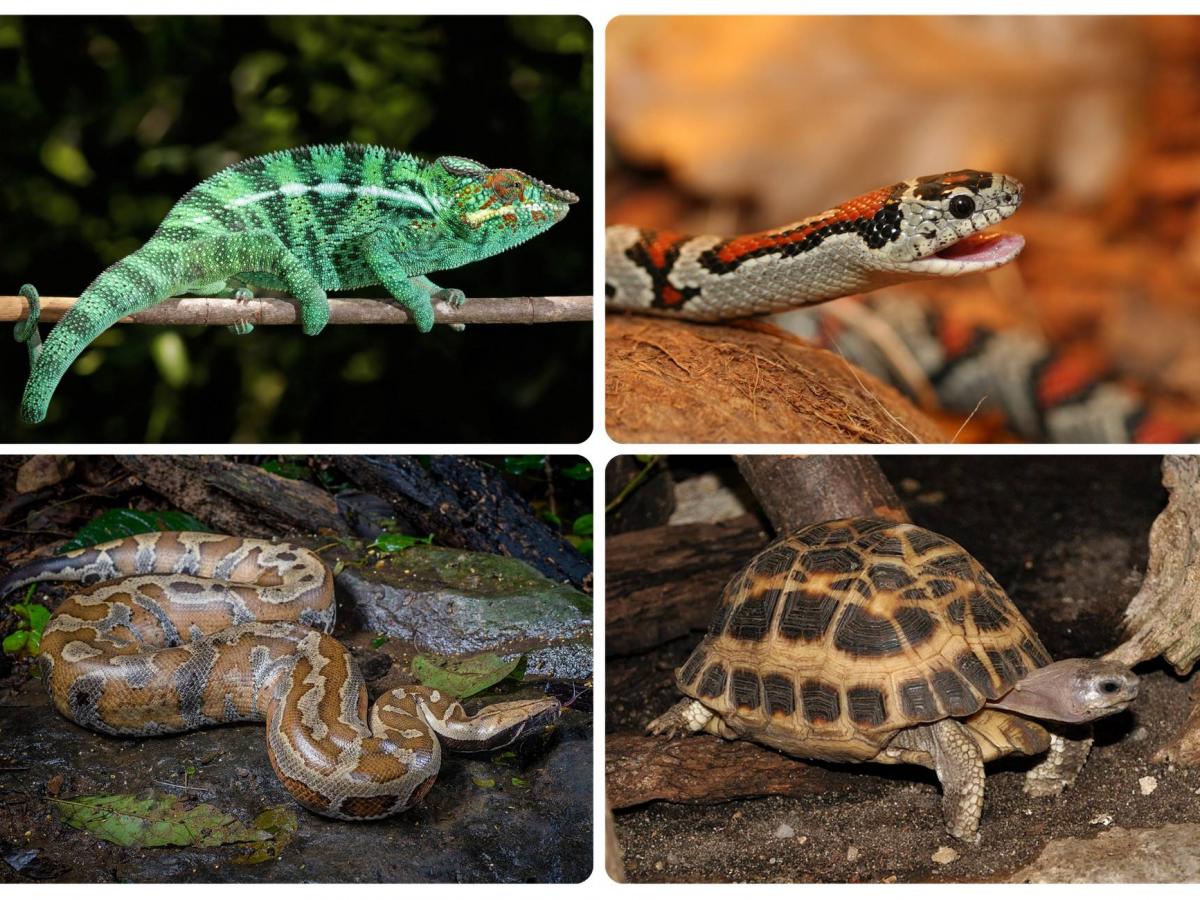BLOGS WEBSITE
Category: paper
New study shows the true value of South Australian parks
South Australia’s parks are quickly becoming the jewel in the crown of the state’s tourism offering with a new report highlighting the economic worth on top of the conservation value. The report shows South Australia’s national parks and reserves contribute more than $374 million to the state economy every year, supporting thousands of jobs across […]
Comments Off on New study shows the true value of South Australian parks
Ancient DNA helps solve mystery disappearance of lions and bears
An international team of researchers led by the University of Adelaide, suggest a change in climate is the likely cause of the mysterious disappearance of ancient lions and bears from parts of North America for a thousand years or more prior to the last Ice Age. In a study in Molecular Ecology, the researchers sequenced DNA […]
Comments Off on Ancient DNA helps solve mystery disappearance of lions and bears
Ocean acidification and warming disrupts fish shoals
Researchers from the University of Adelaide have found that the way fish interact in groups is being upset by ocean acidification and global warming. “Fish show gregarious behaviour and cluster in shoals which helps them to acquire food and for protection against predators,” said project leader Professor Ivan Nagelkerken from the University of Adelaide’s Environment […]
Comments Off on Ocean acidification and warming disrupts fish shoals
The assassin spider is not dead on Kangaroo Island!
Researchers have found an ancient species of spider, feared to be extinct after devastating Kangaroo Island bushfires in South Australia in 2020. The spider, known as the assassin spider (Zephyrarchaea austini), was known to live in the Western River Regional Protection Area on Kangaroo Island. The bushfire burnt through more than 200,000 hectares of bush […]
Comments Off on The assassin spider is not dead on Kangaroo Island!
Alien organisms – are they a threat to biosecurity?
Scientists warn, without good biosecurity measures ‘alien organisms’ on Earth may become a reality stranger than fiction. Published in international journal BioSciences, a team of scientists, including Associate Professor Phill Cassey, Head of the Department of Ecology and Evolutionary Biology at the University of Adelaide, are calling for greater recognition of the biosecurity risks ahead of […]
Comments Off on Alien organisms – are they a threat to biosecurity?
Humans hastened the extinction of the woolly mammoth
New research shows that humans had a significant role in the extinction of woolly mammoths in Eurasia, occurring thousands of years later than previously thought. An international team of scientists led by researchers from the University of Adelaide and University of Copenhagen, has revealed a 20,000-year pathway to extinction for the woolly mammoth. “Our research […]
Comments Off on Humans hastened the extinction of the woolly mammoth
Bear parts are being smuggled in Australia and New Zealand
In a paper published in Pacific Conservation Biology, researchers from the University of Adelaide in collaboration with the Monitor Conservation Research Society and the Wildlife Justice Commission examined the demand for bear parts and products in Australia and New Zealand. They found that between 2007 and 2018 enforcement agencies had made almost 800 seizures of bear […]
Comments Off on Bear parts are being smuggled in Australia and New Zealand
Public health risk of the bat souvenir trade
Little is known about the global bat souvenir trade, its extent and impact on bat populations and forest ecosystems, and the potential risks posed to public health with bats known carriers of zoonotic diseases. In a preliminary study, published in Frontiers in Veterinary Science, researchers at the University of Adelaide identified over a 15-day period (May […]
Comments Off on Public health risk of the bat souvenir trade
Unregulated reptile trade in US has major influence on Australians’ desire for illegal reptiles
The transnational smuggling of live animals poses a threat to Australia’s biodiversity, conservation, environmental biosecurity, animal welfare, and human health and wellbeing. In a study published in Conversation Letters, researchers at the University of Adelaide compared the illegal smuggling of live reptiles – including lizards, snakes and turtles – into Australia, to the unregulated pet trade […]
Comments Off on Unregulated reptile trade in US has major influence on Australians’ desire for illegal reptiles











